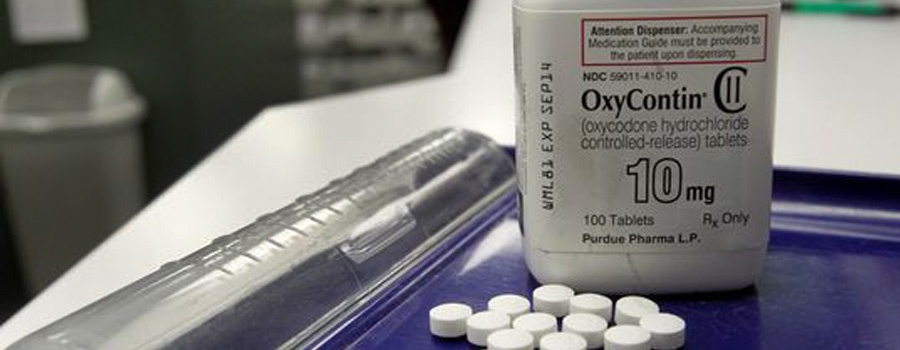Tag: oxycontin
-

BCBS Alabama to No Longer Cover OxyContin Beginning in 2019
BIRMINGHAM, AL – Effective Jan. 1, 2019, Blue Cross Blue Shield of Alabama will no longer cover OxyContin for members with the exception of Blue Advantage members. This is in response to concerns for members’ care and safety. Since 2015, opioid prescriptions in the U.S. and in Alabama have declined. Over the last two years,…